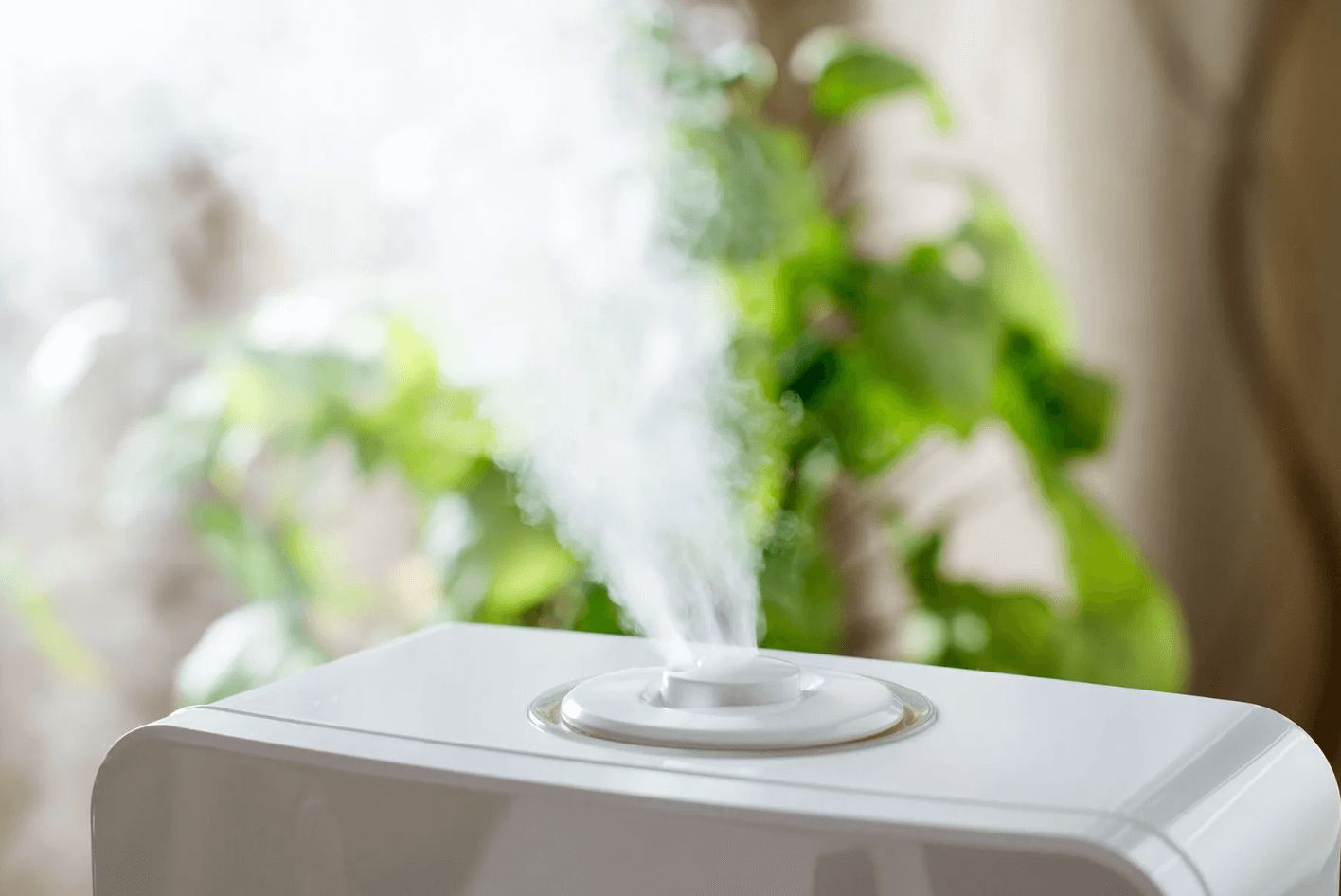- Thriving Guide
- Posts
- Choosing Between a Humidifier and a Vaporizer
Choosing Between a Humidifier and a Vaporizer
Both add moisture to the air but the best choice for your home, health, or baby may depend on safety, air quality, and maintenance needs.

Dry indoor air can cause everything from scratchy throats and dry skin to worsening allergy symptoms. That’s why many people turn to humidifiers and vaporizers, especially during winter months or in arid climates. While both devices add moisture to the air, they do so in different ways and choosing the right one can make a big difference for your comfort, safety, and health.
Here’s how to tell whether a humidifier or vaporizer is right for your space and needs.
What’s the Difference Between a Humidifier and a Vaporizer?
Feature | Humidifier | Vaporizer |
|---|---|---|
Method | Releases cool or warm mist using ultrasonic technology or a fan | Boils water and releases hot steam |
Burn Risk | Minimal, even with warm mist | Higher—steam can cause burns |
Water Use | Can use filtered or distilled water | Requires clean water to prevent mineral buildup |
Air Quality Impact | May emit minerals or mold if not cleaned properly | Steam typically has fewer contaminants |
Noise Level | Generally quieter | May make bubbling or hissing sounds |
Cost | $15–$700+ | $20–$200 |
When to Choose a Humidifier
A humidifier is typically the better choice if you:
Have children or babies (no risk of burns)
Need relief from dry skin, chapped lips, or sinus irritation
Want a cool mist for comfort during sleep
Prefer more advanced features like timers, humidity settings, or smart technology
Best for:
Baby nurseries
Allergy-prone households (with proper cleaning)
Dry climates
When to Choose a Vaporizer
A vaporizer may be a good option if you:
Prefer steam for congestion relief
Want to add inhalable medications (only if recommended by your doctor)
Don’t have young children around
Are looking for a lower-cost solution
Best for:
Adults with colds or sinus infections
Those looking for a deeper steam-based moisture
Occasional use during illness
Special Considerations by Health Concern
Allergies
Humidifiers may help relieve allergy symptoms by soothing nasal passages, but too much humidity can trigger mold or dust mites. Aim for humidity levels between 30–50% and clean your device daily.
Babies
Humidifiers are safer than vaporizers due to the risk of burns from steam. Always monitor humidity levels and clean the device to prevent mold exposure.
Asthma
Both devices can help if air is too dry but improper cleaning or overly humid environments can trigger asthma. If you have asthma, consult your healthcare provider before using one.
COVID-19 and Viruses
Some studies suggest that viruses survive longer in dry air, so maintaining indoor humidity could reduce airborne viral load. However, humidifiers and vaporizers should not be relied on to prevent illness.
How to Clean Your Device (And Why It Matters)
Poorly maintained humidifiers and vaporizers can release bacteria, mold, or allergens into the air.
General cleaning tips:
Use filtered or distilled water to reduce mineral buildup
Rinse daily and deep clean weekly
Use white vinegar or hydrogen peroxide (if recommended by the manufacturer)
Avoid submerging electrical parts
Dry completely before refilling
What About Cost and Features?
Humidifiers range from $15 to $700+, depending on capacity, features (timers, filters, sleep modes), and brand.
Vaporizers are generally more affordable, with most priced between $20 and $200.
If you’re trying to humidify a larger space or whole home, you may consider a whole-house humidifier, which can cost $400–$800 installed.
Quick Tips for Safe Use
Keep indoor humidity below 60% to avoid mold
Always follow the manufacturer’s instructions
Don’t add essential oils or medications unless the device supports it
Place units on flat, water-resistant surfaces
Keep away from pets and children
Bottom Line
Both humidifiers and vaporizers can provide comfort and health benefits when used correctly but they suit different needs. A humidifier is safer for kids and better for general dry air, while a vaporizer may offer stronger relief for congestion or colds. No matter which you choose, consistent cleaning and humidity control are key.
If you found this guide helpful, share it or subscribe to our newsletter for more practical wellness tips.